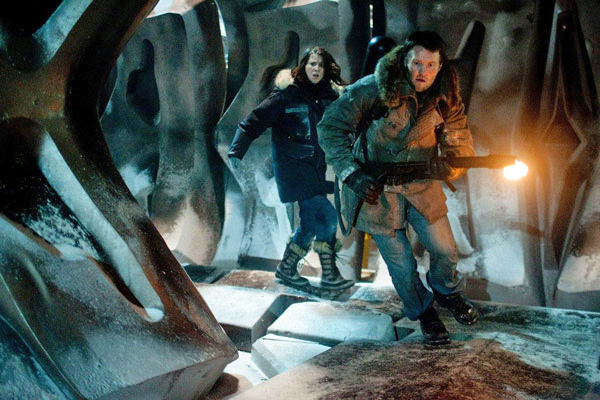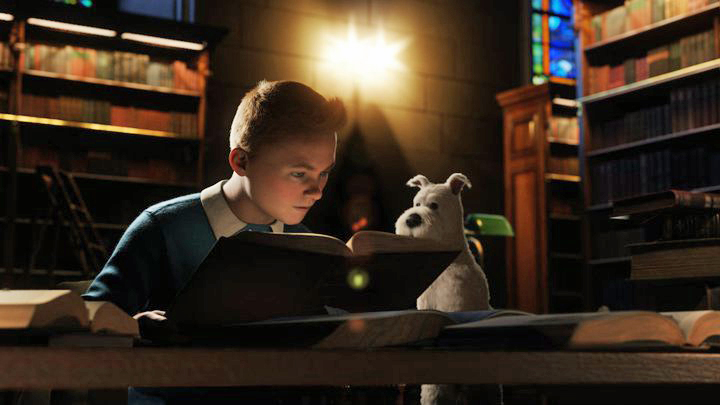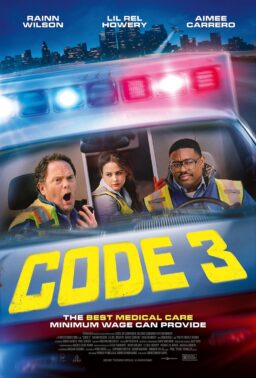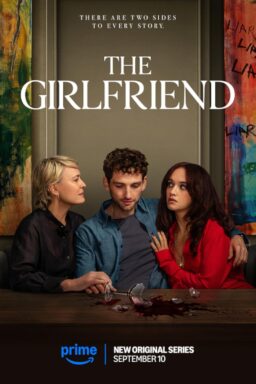Q. My question concerns the backwards speech read over the speakers in the initial (pre-rumpy pumpy) gathering at the masquerade ball in “Eyes Wide Shut.” It is obvious that something is being said backwards, but I don’t particularly want to bring recording equipment into the theater to find out what it is. (Matt Thiesen, Maple Grove, MN)
A. The orgy master is saying, “Paul is dead.” Just joking. Actually, I believe that’s a foreign language and not backwards speech at all. I’d appreciate hearing from anyone who argues otherwise.
Q. Last night I finally saw John Boorman‘s great film “The General.” Since it premiered last year at Cannes the reviews have all touted the film’s black-and-white cinematography; however, the copy I rented had a washed-out but distinct color scheme: reds, blues, yellows, the works. Is this in fact the film that appeared in theaters, or did somebody slip in some colorization for the video release? (Craig Simpson, Reynoldsburg, Ohio)
A. The VHS version is in color, and is also panned-and-scanned. The DVD version has color on one side of the disc and b&w on the other, and both sides are letterboxed. My source at Sony says Boorman preferred the film in b&w, but shot it in “desaturated color” with an eye to the VHS and television markets. DVD users are assumed to prefer the real thing. My advice to VHS users: Turn down the color. This film’s soul is black and white.
Q. My father, who is 6-foot-4, insists that today’s movies are populated by dwarves. The sight of Tom Cruise or Dustin Hoffman sets him into apoplexy. He says–I’m not exaggerating–that tall actors are discriminated against because of some sort of Hollywood conspiracy. I try to tell him that there are plenty of tall actors and that the proportion of tall, short and average height is probably no different among movie stars than in the rest of the country. He tells me I’m not paying attention. (Mike Holtzclaw, Daily Press, Newport News, Va.)
A. You are basically correct; actors come in many shapes and sizes. Closeups are a great equalizing device (consider what an amazing impact Danny DeVito has in anything he does). Actresses who are taller than average (Sigourney Weaver, Saffron Burrows) sometimes have trouble getting cast opposite insecure stars, but it says something for Tom Cruise (who is not short but of average height) that he loves to work with his taller wife. Here’s a theory to try out on your dad: Stars of both sexes tend to have larger heads, in relationship to body size, than the average person. That allows them to dominate in closer shots.
Q. I’ve been following your arguments for an ‘A’ rating to be placed between the R and the NC-17. Another problem is theatre owners who become a ratings board all on their own, effectively overruling the MPAA when they see fit. When I saw “The Wood,” the theatre was packed with young teenagers. I guess that about 50 percent of the audience was between the ages of 12 and 17. Funny, considering the same theatre would not allow those teenagers to purchase a ticket for “Eyes Wide Shut,” despite the fact that they are both rated R. So the theatre decided that some R rated films are worse than others. (Jason Ihle, East Northport, NY)
A. The problem is that the R category has been stretched to the bursting point because there is no other place for a movie to go. Some theater owners sensibly decide on their own which films are truly for older audiences, and which ones got the R only on technicalities. R is so bloated because NC-17 is identified with porn, and is not a practical, workable choice for a film in mass distribution. My point is that the A should not replace the NC-17, but come between the R and NC-17, creating a clear category for films that are intended for adults but do not cross the line into hard-core pornography. Jack Valenti and I had a spirited airing of our views in columns in Variety last week, and I was encouraged that Peter Bart, Variety’s editor, wrote an open letter to Valenti arguing that there was something to be said for the A rating.
Q. If I ever meet Jack Valenti, I want to tell him of my experience seeing “Eyes Wide Shut.” There were about 100 people in the theater, exactly one of whom looked under 18. That one was a boy of about 10 who was there with a man of about 40, presumably his father. (I’ll withhold my opinion of a father who would take his young son to “Eyes Wide Shut” when “Tarzan” was playing in the same multiplex.) The boy sat right in front of me, so I couldn’t help but notice his restlessness. During the sex scenes he seemed embarrassed to be with his father; during the rest of the film he seemed bored. So if we had the A rating that you propose, 99 of the 100 people in the theater would have been able to see Kubrick’s film the way it was intended (rather than the “Austin Powers” version) and the 10-year-old would have been sent to “Tarzan.” I know Mr. Valenti would object to this, but I’m not sure why. (Michael David Smith, Urbana, IL)
A. Could it be that Valenti and his bosses, the theater owners, oppose any category that would actually prevent them from selling tickets? Is this a question of artistic freedom, or retailing?
Q. I loved “The Red Violin,” but was left with one thing that bugged me. Isn’t Morritz, the character played by Samuel L. Jackson, short a violin at the end? He replaced the real one with the copy that he had borrowed. What is he going to give that collector or museum back as a replacement? (Marian Moore, Harvey, La.)
A. Beth English, publicity director for Lions Gate Films, replies, “Morritz is not short a violin at the end of the film. He replaced the real one with a copy that he had not borrowed, as you suggest in your question, but purchased from a private collector in London. This copy of a Bussotti violin was made at about the same time as the Red Violin.”











